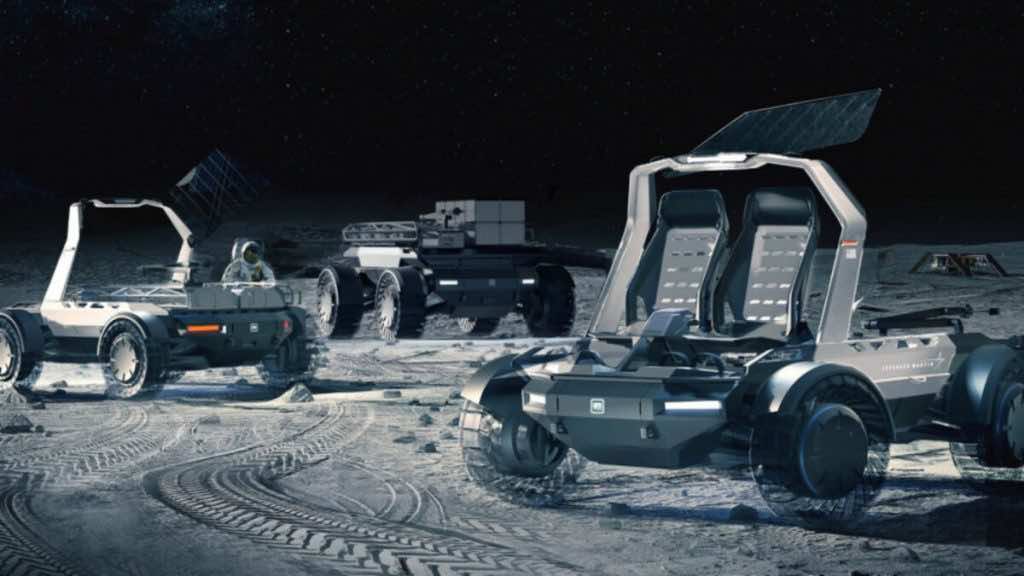To speed up the process of developing future missions to the moon, General Motors and Lockheed Martin declared that they are going to start the manufacturing process for electric moon rovers. This is the next big thing that is going to happen as GM and Lockheed Martin are both well-recognized companies globally. According to CNBC, the companies said that they have a well-forecasted plan to test the prototype of an electric moon rover on the moon by 2025. This new moon rover will be designed in such a way that it can easily exist for at least a decade on the moon.
Both companies, GM and Lockheed Martin, have expressed interest in developing a moon buggy for NASA’s future Artemis moon missions. According to the companies, “Their battery-powered vehicle would help to enable and sustain long-term exploration of the lunar surface”. After being selected as the manufacturers of electric moon rovers, both companies now aim to partner with SpaceX and Amazon for their upcoming missions.
This electric moon rover is anticipated to achieve a maximum speed of 12 mph (19 kph), which is twice the speed of Apollo rovers, i.e., 6.8 mph (11 kph). Apart from this, GM’s contribution to this entire project is exemplary as it is incorporating its “Ultium technology” into these electric moon rovers, which will integrate the specific parameters like “system controls, torque management, and battery management.” It should be noted that the same technology is being used in the Hummer EV.
Besides this, to test the prototype, GM is testing a highly sophisticated simulator at its testing and control lab. The simulator very precisely presents all the conditions of the moon-like gravity and the atmospheric conditions.
On the other hand, many new companies that excel in space technology are coming forward to contribute to space missions. Recently, Chris Hadfield-backed start-up Astro Lab has demonstrated its indigenous moon buggy known as the “Flexible Logistics and Exploration (FLEX) vehicle.” It is mainly aligned with logistics and supply chain operations and can carry a weight of up to 3300 pounds (1500 kg). It is built on contemporary technology, so it can be driven automatically. If that option is not selected, then it has room to carry two astronauts on board to perform tasks on the moon.

